Enter a surname, town name or other keyword to search the database. Remember to
allow for the different spellings of 'Mc' and 'Mac.' Good luck!
{Search tips: Use single word search terms for more results}
You must enter some valid character(s) into the search field
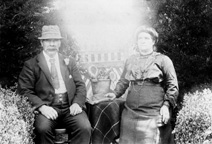
Reference: 877
Copy for Mrs Robertson, Old ...
|
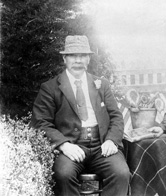
Reference: 838
Copy for Mrs Robertson, Old Ed...
|
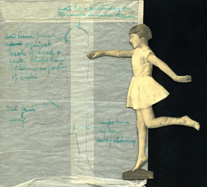
Reference: 25530c
Dancing girl, October 1925. Th...
|
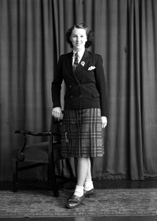
Reference: 117a
Miss Amy MacLean. ...
|
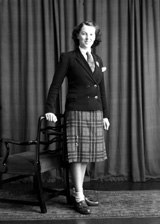
Reference: 117b
Miss Amy MacLean. ...
|
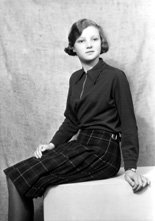
Reference: 30549a
Portrait. #...
|
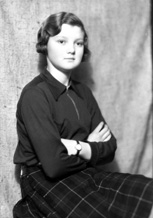
Reference: 30549b
Portrait. #...
|

Reference: 30549d
Portrait. #...
|

Reference: 30549e
Portrait. #...
|
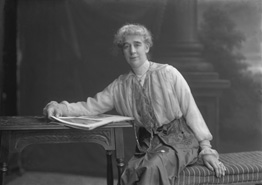
Reference: H-0001
Elderly woman leaning on desk ...
|
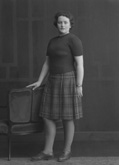
Reference: 37339
Nurse Fraser, I.D.A. ...
| |